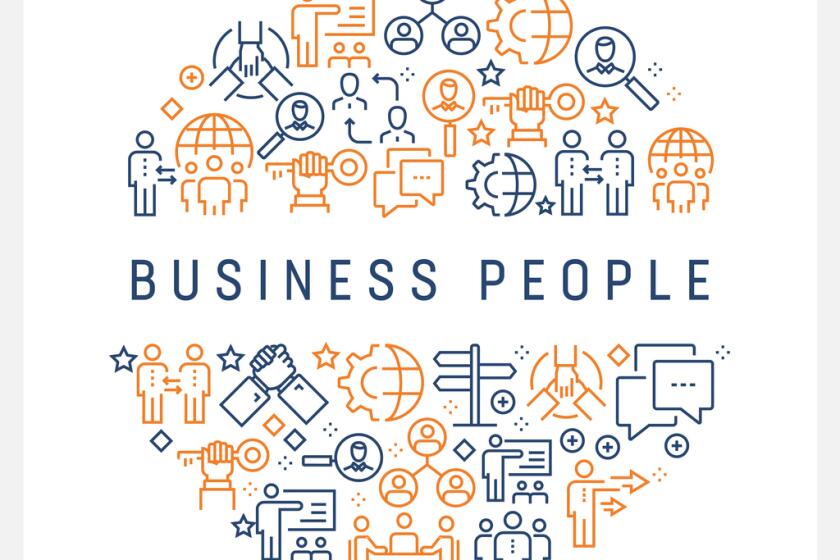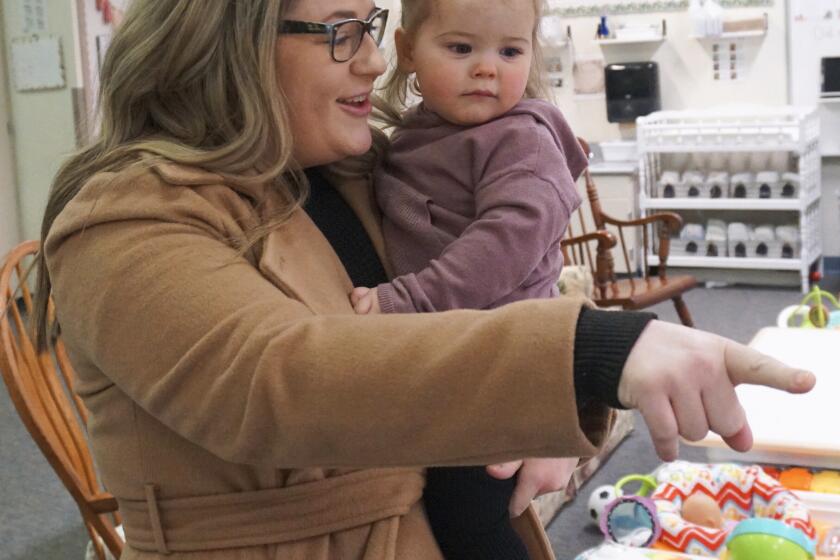Why your best idea might have been your second choice
Research shows the idea that was often rated second-best often turns out to be the winner
How do you know a good idea when you see one?
According to new research by Justin Berg, a professor at Stanford Business School who studies creativity and innovation, “we aren’t very good at it.” He contends that our biases often cause us to fall in love with the first idea, and we fail, as Michelangelo is to have famously said, “to find the statue inside the stone.”
I am fascinated by this problem. The creative process usually starts with what passes for brainstorming, searching for the right idea on which to spend time. But of course, the issue is just how far down what rabbit hole we are willing to go to find the rabbit — before we rationally conclude there is no rabbit, and that more likely it is only a gopher hole. This issue of wasted time (and particularly money) is a constant challenge in the startup world.
Berg conducted a number of studies, and he found that after spending some time really thinking through and fleshing out the puzzle, “the idea that was initially rated the second-best, upon further review, actually finished the highest in creativity.” The second favorite idea was the tortoise, versus the first one that behaved like the hare, which was caught later when the grunt and grit work was completed.
Now here is the risk in a fast-paced startup, sometimes in the blow and go you don’t give time for the tortoise to get up to speed. You make turtle soup too soon. I see this often in my coaching clients. It is painful to have to revisit the scene of the crime and admit you made the wrong choice.
Nota bene: On the topic of choosing well — approximately 40 percent of Americans have been divorced once. Enough said.
Now picking a wife is not the same as picking an idea. And I have gotten both of those wrong at least once. But there might be a similar risk. Berg says, “People value concreteness too much and abstractness too little in their initial ideas.” A concrete idea is more fully developed, you can see the light at the end of the tunnel, and you are inclined to get on that train before it leaves the station, and to head toward the perceived destination. And in doing so quickly, you may not fully appreciate that the train is actually on the wrong track.
My little software company had a first product that we were sure was a slam dunk winner, and we got on that train. After spending time and money (not wasted, but not particularly well spent either), we found that the other idea, the second idea, the more creative one perhaps, was the one that the customer truly wanted. Berg says that “abstract ideas can be difficult to see as promising.” And that is precisely because they are not fully formed. The company is still trying to find out which chisel will reveal the statue inside the stone. Those “fuzzy ideas” will not appear very creative or unique at the beginning, because they are often too abstract. It is hard to see their “potential originality and usefulness.” As a double straddle, Berg suggests developing the “riskier idea” first so that you don’t get anchored on what you perceive as the “sure bet” of the first idea.
Einstein’s theory of special relativity says that time slows down or speeds up depending on how fast you move relative to something else. In startup speak, there is time to market, there is venture capital time, there is burn rate time and finally, there is fume date-time — ballgame over.
As is often the case, the innovator may recognize an idea’s potential before other people see it. Kodak engineer Stephen Sasson invented the first digital camera in 1975. He showed it to the executives who said, “no one was complaining about prints, why would anyone want to look at pictures on a television set”? Kodak filed for bankruptcy in 2012.
As for the wonder of the second idea, talk to every amateur golfer. First drive is lousy, re-tee and hit another, second one is perfect. The question that is asked around the world — why can’t the B golfer (the second effort) be the first golfer? When you figure that one out, patent it.
Rule No. 87,543: Pass me the chisel.
Neil Senturia, a serial entrepreneur who invests in early-stage technology companies, writes weekly about entrepreneurship in San Diego. Please email ideas to Neil at neil@blackbirdv.com.
Get U-T Business in your inbox on Mondays
Get ready for your week with the week’s top business stories from San Diego and California, in your inbox Monday mornings.
You may occasionally receive promotional content from the San Diego Union-Tribune.






